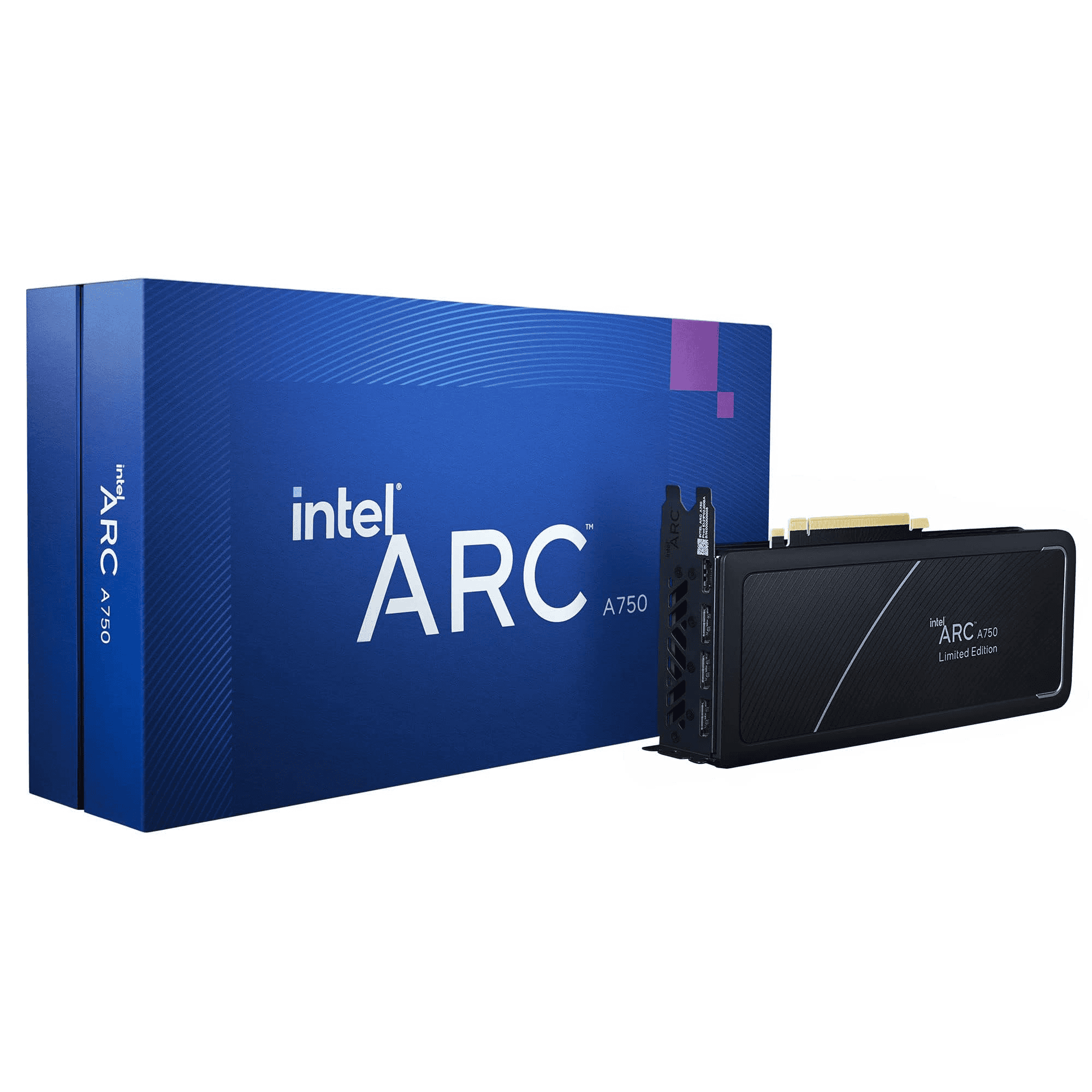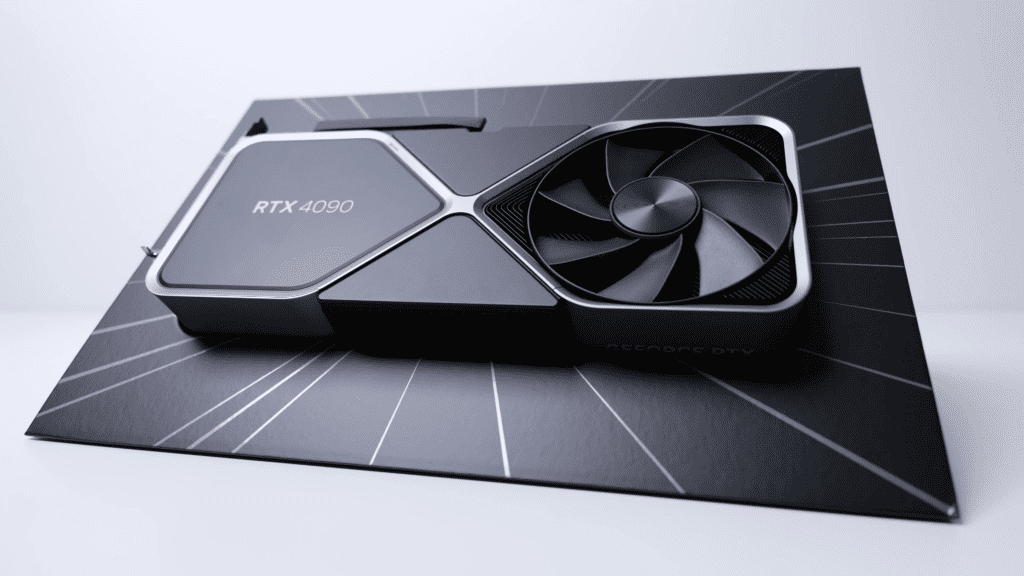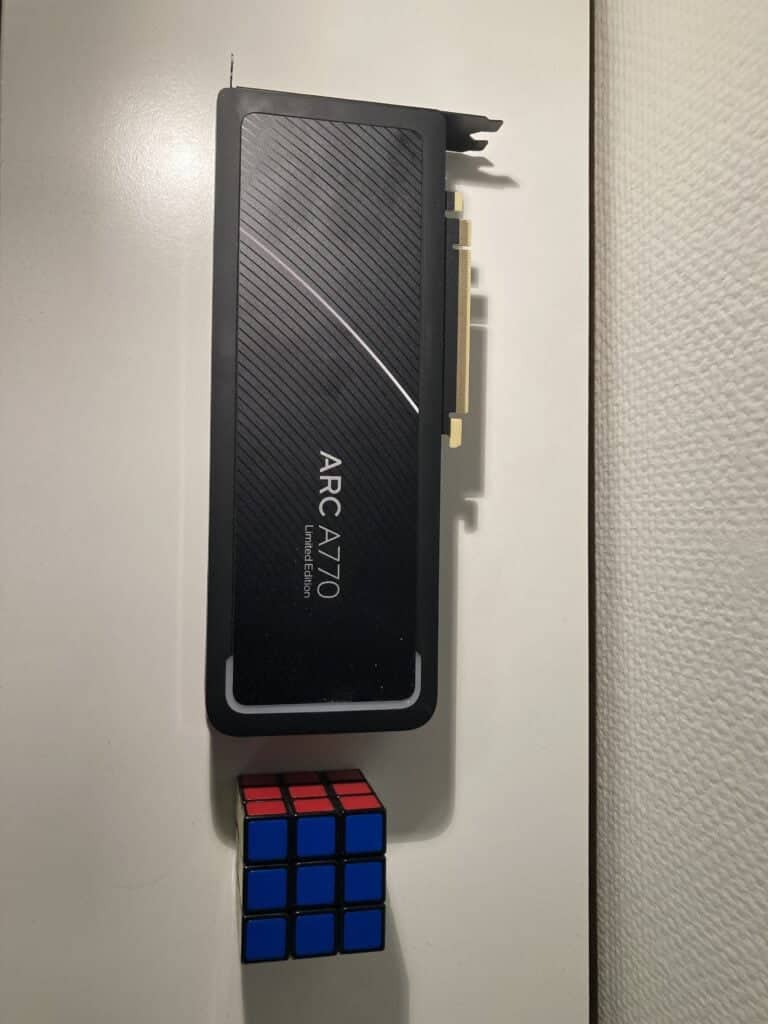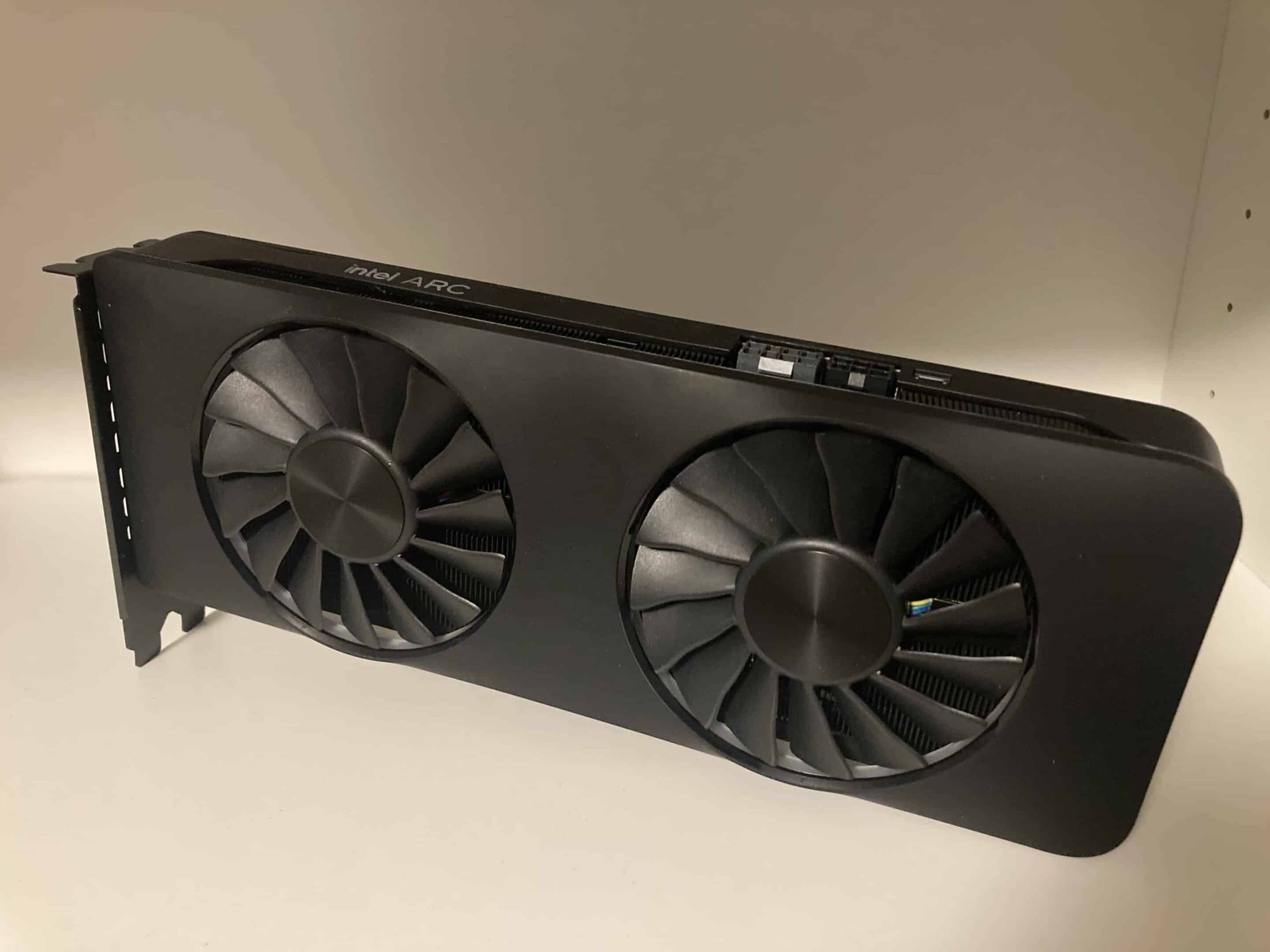The GPU market has been dominated by a few key players, with Nvidia leading the pack. However, the landscape is shifting with Intel’s entry into the arena with its Arc series GPUs. This article offers a comparison between Intel Arc GPUs and Nvidia’s offerings, focusing on aspects such as pricing, performance, and market impact. The competition between Intel Arc and Nvidia is heating up the GPU market, offering consumers more choices and better technology. Intel’s Arc graphics cards offer compelling performance and features, particularly for their price points, and are a strong competitor to Nvidia’s offerings, especially in the mid-range and budget segments.
However, it’s important to consider factors like driver support and software compatibility when making your decision. Overall, Intel Arc is a promising new player in the GPU market, and its future releases are worth keeping an eye on. Whether you’re a gamer, a professional, or just a tech enthusiast, understanding the dynamics of the GPU market is crucial in making informed decisions. With Intel’s entry into the market, the GPU landscape is set for an exciting phase of competition and innovation.
Comparing Intel Arc and Nvidia GPUs
Head-to-Head: Intel Arc vs Nvidia GeForce
| Feature | Intel Arc | Nvidia GeForce RTX |
|---|---|---|
| Architecture | Xe HPG | Ada Lovelace (RTX 40-series) |
| Target Market | Budget to mid-range | Wide range, including high-end |
| Ray Tracing | Available on select models | Available on all RTX models |
| DLSS/XeSS | XeSS (Intel’s alternative) | DLSS (more widely supported) |
| Software | Still maturing | Mature and well-optimized |
| Price | Generally more affordable | Varies widely depending on model |
Intel Arc vs. Nvidia: A Comparative Look at Performance
| Intel Arc GPU | Nvidia Equivalent | Notes |
|---|---|---|
| Arc A770 16GB | RTX 3060 Ti / RTX 4060 | * Competitive performance in most games at 1080p and 1440p * Strong ray tracing performance * Excellent value for the price |
| Arc A750 8GB | RTX 3060 12GB / RTX 3050 | * Solid 1080p gaming performance * Can handle some 1440p gaming with lowered settings * Good option for budget-minded gamers |
| Arc A580 8GB | GTX 1660 Super / RTX 3050 | * Capable of 1080p gaming at decent settings * Best suited for esports titles and less demanding games * Attractive price point for entry-level gamers |
| Arc A380 6GB | GTX 1650 / GTX 1060 | * Entry-level GPU for casual gaming and multimedia * Can handle older games and esports titles at 1080p * Most affordable option in the Arc lineup |

Key Advantages of Intel Arc
- Value for money: Intel Arc GPUs often offer competitive performance at lower price points than comparable Nvidia models.
- XeSS upscaling: Intel’s XeSS technology provides image upscaling similar to Nvidia’s DLSS, improving performance without sacrificing visual quality.
- AV1 encoding: Arc GPUs support AV1 encoding, a next-generation codec that offers better compression and quality than older codecs.
Key Advantages of Nvidia GeForce
- Mature software ecosystem: Nvidia’s drivers and software are well-optimized and widely supported, ensuring a smoother experience for gamers and creators.
- DLSS 3.0: Nvidia’s latest DLSS version offers frame generation, boosting performance significantly in supported games.
- Broader range of models: Nvidia offers a wider selection of GPUs to suit different budgets and performance needs.
The Verdict: Which GPU is Right for You?
Choosing between Intel Arc and Nvidia GeForce depends on your priorities and budget. If you’re looking for a budget-friendly GPU with good performance, Intel Arc is worth considering. However, if you prioritize a mature software ecosystem, wider game compatibility, and the latest technologies like DLSS 3.0, Nvidia GeForce is the better choice.
Intel Arc vs Nvidia GPUs: A Comparison
| Feature | Intel Arc | Nvidia RTX 30/40 Series |
|---|---|---|
| Release Date | Late 2022 | 2020-2023 |
| Price | Generally more affordable | Wider range, from budget to high-end |
| Performance | Varies depending on game and resolution. Can match or even outperform RTX 3060 in some titles, but falls behind top-tier RTX 30/40 cards. | Generally superior performance, especially at higher resolutions and with ray tracing. |
| Ray Tracing | Good performance for a first-gen product, better than RTX 3060 in some games. | Excellent ray tracing performance, especially in higher-end models. |
| DLSS/XeSS | XeSS upscaling technology available, but not as mature or widely supported as DLSS. | DLSS upscaling available on most RTX cards, significantly improves performance with minimal quality loss. |
| Driver Support | Drivers are still under development, some bugs and performance inconsistencies reported. | Mature and stable drivers with excellent performance optimization. |
| Power Consumption | Generally lower than comparable RTX cards. | Varies depending on model, but some high-end RTX cards can be quite power-hungry. |
| Other Features | AV1 encoding support, good performance in content creation applications. | Deep Learning features like DLSS and super sampling, broader software ecosystem. |
Here’s a quick summary of the pros and cons of each:
Intel Arc:

Pros:
- More affordable than most RTX cards
- Good ray tracing performance for a first-gen product
- AV1 encoding support
- Strong performance in content creation applications
Cons:
- Lower overall performance than top-tier RTX cards
- Drivers are still under development and may have bugs
- XeSS upscaling not as mature or widely supported as DLSS
Nvidia RTX:

Pros:
- Superior performance in most games, especially at higher resolutions and with ray tracing
- Mature and stable drivers
- DLSS upscaling offers significant performance boost
- Wider software ecosystem
Cons:
- Generally more expensive than Intel Arc
- Some high-end models can be power-hungry
Ultimately, the best GPU for you will depend on your budget, needs, and gaming preferences. If you’re on a tight budget and don’t mind sacrificing some performance, Intel Arc is a good option. However, if you’re looking for the best possible performance and don’t mind spending more, Nvidia RTX is the way to go.
Key Takeaways
- Intel Arc GPUs mark Intel’s significant entry into the dedicated GPU market.
- Nvidia continues to be a dominant force in the GPU landscape.
- Price and Performance: A critical comparison point between Intel Arc and Nvidia GPUs.
- Market Impact: How Intel’s entry affects the GPU market dynamics.
Background of Intel Arc and Nvidia GPUs
Intel’s foray into the dedicated GPU market with its Arc series is a bold move, challenging the long-standing dominance of Nvidia. Nvidia, known for its powerful and efficient GPUs, has been a go-to choice for gamers and professionals alike. The introduction of Intel Arc GPUs brings a new dynamic to the market, promising competitive performance and pricing.
Intel’s Entry into the GPU Market
Intel’s Arc GPUs, such as the Arc A750 and Arc A770, represent the company’s ambition to become a significant player in the dedicated GPU market. These GPUs are designed to cater to a range of users, from casual gamers to professionals needing high-performance graphics processing.
Nvidia’s Dominance in the GPU Sector

Nvidia has been at the forefront of GPU technology, with its GeForce RTX series being particularly popular among gamers. The RTX 3060, for example, has been praised for its excellent performance and ray tracing capabilities.
Detailed Comparison between Intel Arc and Nvidia GPUs
Pricing and Availability
One of the most critical aspects for consumers is the pricing and availability of these GPUs. Intel has positioned its Arc series as a more affordable alternative to Nvidia’s offerings. For instance, the Intel Arc A750 is priced competitively against Nvidia’s RTX 3060, making it an attractive option for budget-conscious consumers.
Technical Specifications
When it comes to technical specifications, both Intel Arc and Nvidia GPUs have their strengths. The Arc A750, for example, boasts impressive core counts and memory bandwidth, which are crucial for high-performance gaming and professional applications.
Core Count and Memory
- Intel Arc A750: 448 cores, 8GB GDDR6 memory
- Nvidia RTX 3060: 3584 cores, 12GB GDDR6 memory
Bandwidth and TDP
- Intel Arc A750: 512GBps, 225W TDP
- Nvidia RTX 3060: 360GBps, 170W TDP

Gaming Performance
Gaming performance is a vital metric for many users. The Intel Arc A750 has shown promising results, often matching or even surpassing the RTX 3060 in various gaming benchmarks. However, Nvidia’s GPUs are known for their stability and driver support, which is a crucial factor for a seamless gaming experience.
Performance at Different Resolutions
- Intel Arc A750: Slightly faster at 1080p on average
- Nvidia RTX 3060: Consistent performance across various resolutions
Ray Tracing and Upscaling Capabilities
Ray tracing has become a sought-after feature in modern GPUs. Both the Intel Arc A750 and Nvidia RTX 3060 support ray tracing, but their performance varies. Nvidia’s GPUs have an edge in this area, thanks to their mature ray tracing technology and DLSS (Deep Learning Super Sampling) upscaling.
Intel XeSS vs Nvidia DLSS
- Intel XeSS: Intel’s upscaling technology, optimized for Arc GPUs
- Nvidia DLSS: Advanced AI-driven upscaling, providing superior image quality
Market Impact and Future Prospects
Market Positioning and Consumer Reception
Intel’s entry into the GPU market with its Arc series has been met with curiosity and interest. The competitive pricing and promising performance of Arc GPUs have the potential to shake up the market dynamics. However, Nvidia’s established reputation and loyal customer base continue to be significant factors.
Future of Intel Arc and Nvidia in the GPU Market
The GPU market is evolving rapidly, with new technologies and players emerging. Intel’s Arc GPUs have shown potential, but their long-term impact on the market remains to be seen. Nvidia, on the other hand, continues to innovate and maintain its leadership position.
Market Impact and Future Prospects
The introduction of Intel Arc GPUs has stirred the GPU market, traditionally dominated by Nvidia. This competition is not just about the hardware but also about the ecosystems these tech giants are building.

Intel’s Strategy and Market Response
Intel’s approach with Arc GPUs seems to be focused on offering competitive performance at a more accessible price point. This strategy could attract a broader range of consumers, from budget gamers to professionals looking for cost-effective solutions.
- Affordability: Intel’s pricing strategy is a significant factor in its market penetration.
- Performance: Early benchmarks show that Intel Arc GPUs hold their own against Nvidia’s offerings, especially in the mid-range segment.
Nvidia’s Continued Innovation
Nvidia is not resting on its laurels. The company continues to innovate, with advancements in ray tracing technology and AI-driven features like DLSS. Nvidia’s strong brand presence and loyal customer base give it a solid foundation to counter Intel’s advances.
- Brand Loyalty: Nvidia’s established market presence is a considerable advantage.
- Technological Edge: Ongoing innovation keeps Nvidia at the forefront of GPU technology.
Future GPU Technology Trends
Looking ahead, the GPU market is poised for exciting developments. Both Intel and Nvidia are expected to push the boundaries of graphics processing, potentially leading to more efficient, powerful, and AI-integrated GPUs.
- AI Integration: Both companies are likely to further integrate AI into their GPUs.
- Efficiency and Power: The focus will also be on making GPUs more power-efficient without compromising performance.
Frequently Asked Questions
How do Intel Arc GPUs compare to Nvidia in terms of gaming performance?
Intel Arc GPUs, especially the A750 and A770, have shown promising performance in gaming, often comparable to Nvidia’s RTX 3060. However, Nvidia GPUs generally offer more stability and better driver support.
Are Intel Arc GPUs good for professional use?
Intel Arc GPUs are designed to cater to a range of users, including professionals. They offer good performance for creative and design tasks, though Nvidia’s GPUs are often preferred for their proven track record in professional environments.
What makes Nvidia GPUs stand out against Intel Arc?
Nvidia GPUs are known for their advanced ray tracing capabilities and AI-driven features like DLSS, which enhance gaming and professional graphics work.







